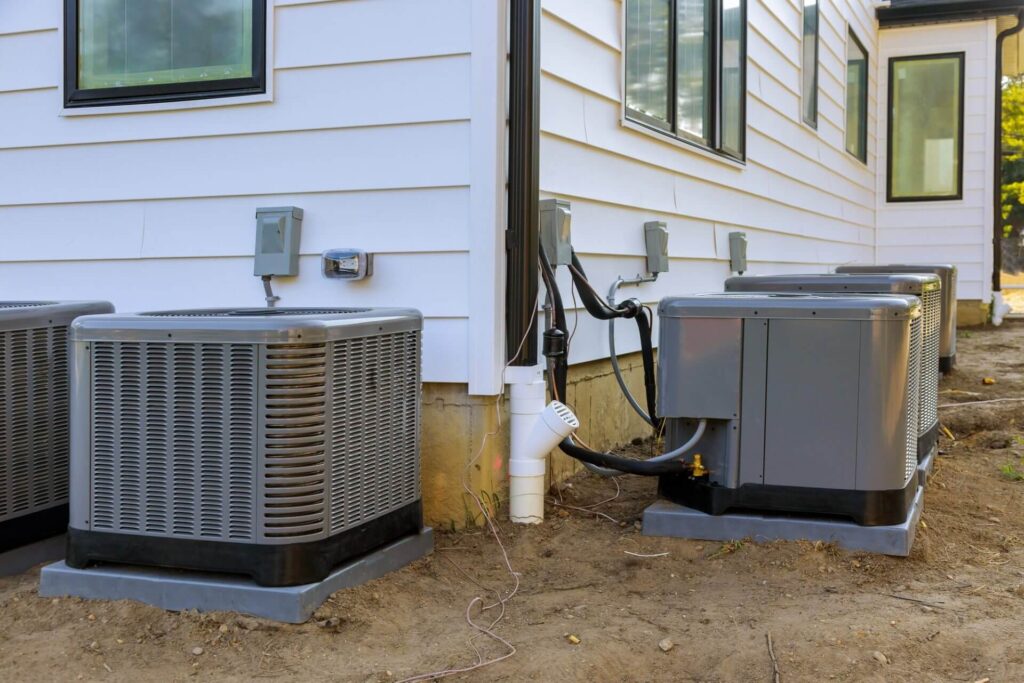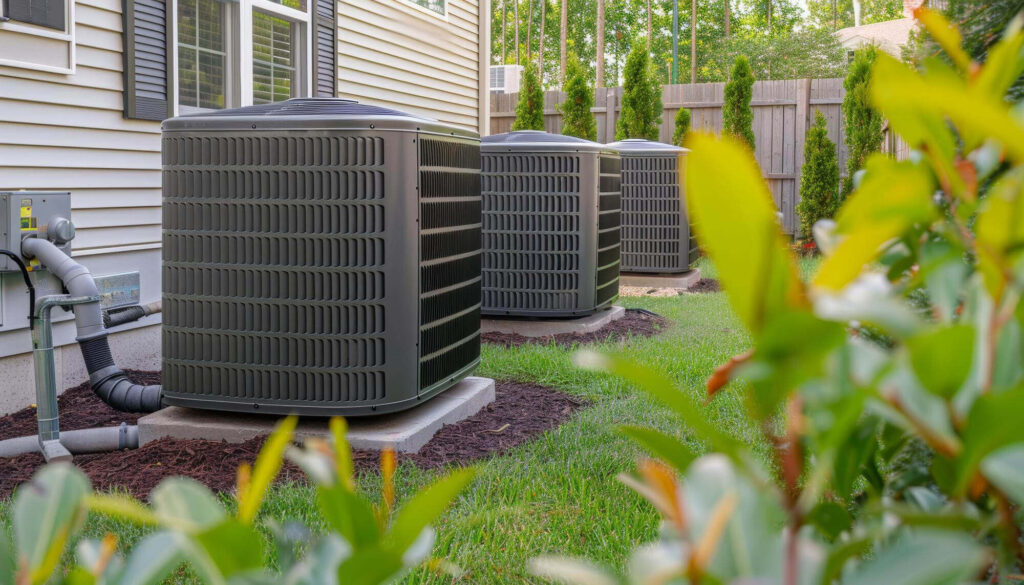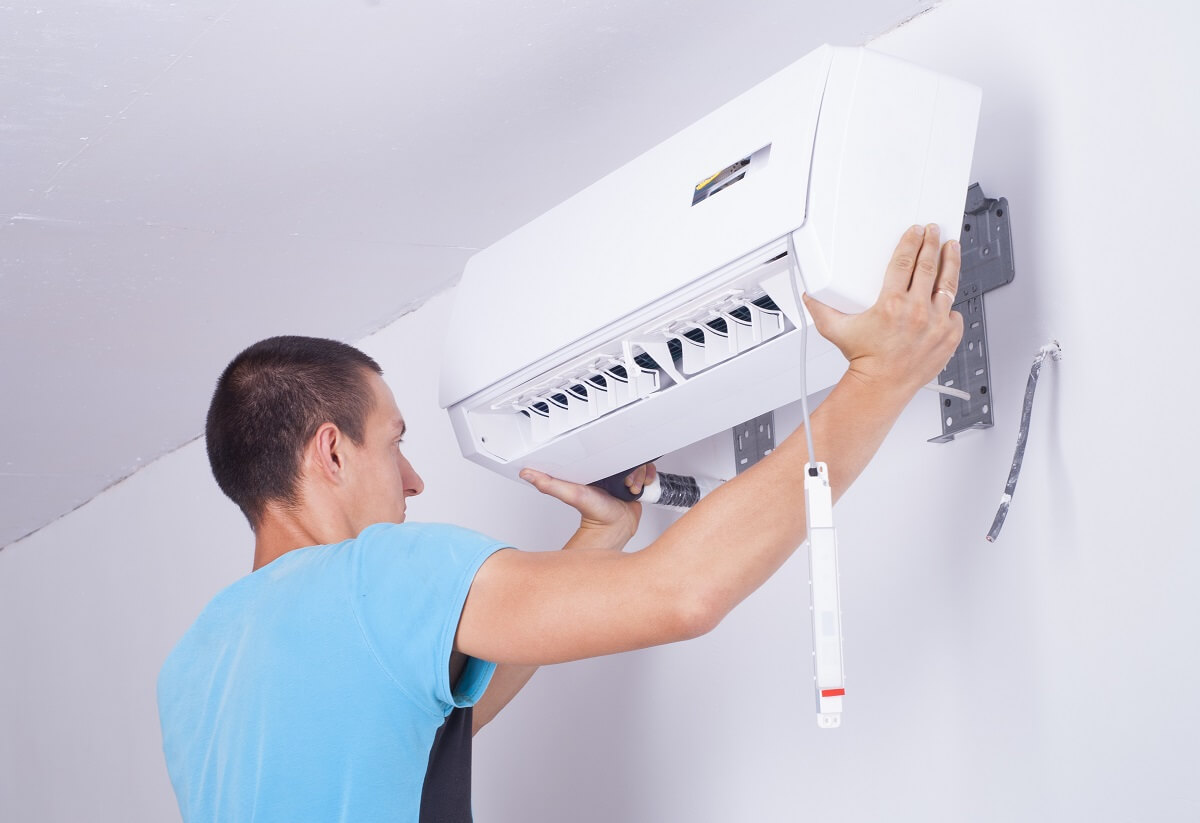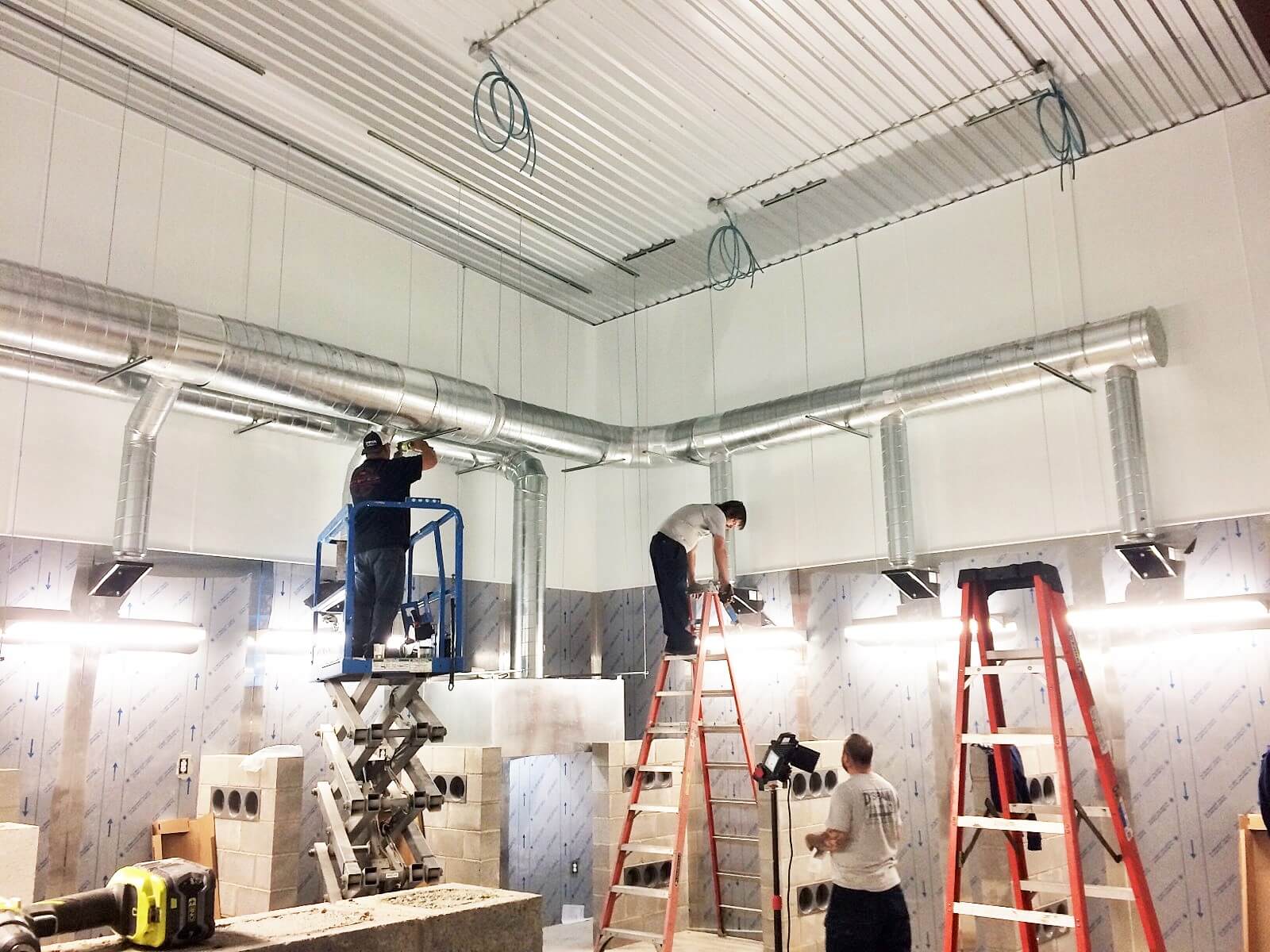As the climate continues to change and temperatures rise, the demand for effective air conditioning systems has never been more crucial. In the Hills District of New South Wales, Australia, understanding the nuances of air conditioning installation is essential for homeowners and businesses alike. This comprehensive guide will explore the key considerations, trends, and steps involved in air conditioning installation in 2025.
Understanding Air Conditioning Systems
Before diving into the installation process, it is vital to grasp the different types of air conditioning systems available. Each type has its unique features, advantages, and drawbacks, making it essential to choose the right one for your specific needs—especially if you’re considering air conditioning Hills District solutions tailored to the local climate and property types.
Types of Air Conditioning Systems
There are several types of air conditioning systems, including split systems, ducted systems, and portable units. Split systems are popular for their efficiency and flexibility, allowing for individual room control. Ducted systems, on the other hand, are ideal for larger homes, providing a seamless and discreet cooling solution throughout the property. Portable units offer a temporary solution, perfect for renters or those who require flexibility. Additionally, there are multi-split systems that enable multiple indoor units to connect to a single outdoor unit, providing both efficiency and convenience for households with varying cooling needs across different rooms.
Furthermore, it is worth noting the emergence of inverter technology in air conditioning systems. Inverter air conditioners adjust their compressor speed to maintain the desired temperature, rather than turning on and off repeatedly. This results in quieter operation and improved energy efficiency, making them an attractive option for those looking to reduce their environmental impact while enjoying a comfortable indoor climate.
Energy Efficiency Ratings
In 2025, energy efficiency remains a top priority for homeowners. Understanding the energy efficiency ratings, such as the Energy Efficiency Ratio (EER) and the Seasonal Energy Efficiency Ratio (SEER), can help you choose a system that not only cools effectively but also saves on energy costs. Look for units with high ratings, as they can significantly reduce your electricity bills and carbon footprint. Moreover, many manufacturers now offer advanced features such as programmable thermostats and smart technology integration, which allow users to optimise their energy use further. These innovations not only enhance comfort but also contribute to long-term savings by ensuring that the system operates only when necessary.
It’s also important to consider the environmental impact of refrigerants used in air conditioning systems. Many modern units are now designed to use eco-friendly refrigerants that have lower global warming potential. By selecting systems that prioritise sustainability, homeowners can play a significant role in reducing harmful emissions, making a positive contribution to the fight against climate change while still enjoying the comforts of a cool home during the warmer months.
Planning Your Installation
Once you have selected the appropriate air conditioning system, the next step is planning the installation. This phase involves several crucial considerations to ensure a smooth and efficient process.
Choosing the Right Location
The location of your air conditioning unit can greatly affect its performance. For split systems, the indoor unit should be placed in a central location to optimise airflow, while the outdoor unit should be installed in a shaded area to prevent overheating. Ducted systems require careful planning of ductwork to ensure even distribution of cool air throughout the home.
Assessing Your Home’s Insulation
Proper insulation is key to maximising the efficiency of your air conditioning system. Homes with poor insulation may experience significant heat loss, leading to increased energy consumption. Before installation, assess your home’s insulation and consider making improvements if necessary. This will not only enhance the performance of your air conditioning system but also contribute to overall energy savings.

The Installation Process
Understanding the installation process can help alleviate any concerns and ensure that everything runs smoothly. Professional installation is highly recommended, as it guarantees that the system is set up correctly and safely.
Hiring a Qualified Technician
Choosing a qualified technician is one of the most important steps in the installation process. Look for licensed and experienced professionals who specialise in air conditioning installation. They will have the expertise to handle the complexities of the installation, ensuring that the system operates efficiently and complies with local regulations.
Installation Steps
The installation process typically involves several key steps:
- Assessment of the installation site and system requirements.
- Installation of the indoor and outdoor units, ensuring proper placement and secure mounting.
- Connecting the refrigerant lines and electrical wiring.
- Testing the system to ensure it operates correctly and efficiently.
- Providing the homeowner with instructions on how to operate and maintain the system.
Post-Installation Considerations
After the installation is complete, there are several important factors to keep in mind to ensure the longevity and efficiency of your air conditioning system.
Regular Maintenance
Regular maintenance is essential for the optimal performance of your air conditioning system. Schedule annual servicing with a qualified technician to check for any issues, clean filters, and ensure that the system is running efficiently. Regular maintenance not only prolongs the life of your unit but also helps maintain energy efficiency, saving you money in the long run.
Understanding Your System’s Controls
Familiarising yourself with your air conditioning system’s controls is crucial for maximising its efficiency. Many modern systems come with programmable thermostats and smart technology, allowing for remote control and scheduling. Understanding how to use these features can help you optimise energy usage and maintain a comfortable environment in your home.

Future Trends in Air Conditioning
The air conditioning industry is continually evolving, with new technologies and trends emerging each year. Staying informed about these developments can help you make better decisions regarding your air conditioning needs.
Smart Air Conditioning Systems
In 2025, smart air conditioning systems are becoming increasingly popular. These systems can be controlled remotely via smartphone apps, allowing homeowners to adjust settings from anywhere. Smart technology also enables users to monitor energy usage and receive alerts for maintenance needs, making it easier to manage their systems efficiently.
Environmental Considerations
As environmental awareness grows, many manufacturers are focusing on creating more eco-friendly air conditioning systems. This includes using refrigerants with lower global warming potential and designing units that consume less energy. Investing in a more sustainable air conditioning system can not only reduce your carbon footprint but also align with the growing trend towards green living.
Cost Considerations
Understanding the costs associated with air conditioning installation is essential for budgeting effectively. The total cost can vary significantly based on several factors, including the type of system, the size of your home, and the complexity of the installation.
Initial Installation Costs
The initial installation costs can range widely depending on the system chosen. Split systems tend to be more affordable than ducted systems, but the latter may offer better long-term value for larger homes. It is essential to obtain quotes from multiple contractors to ensure competitive pricing and to understand what is included in the installation cost.
Long-Term Operating Costs
In addition to the initial installation costs, homeowners should also consider long-term operating costs. Energy efficiency ratings play a significant role in determining these costs. Investing in a high-efficiency unit may have a higher upfront cost but can lead to substantial savings on energy bills over time. Additionally, regular maintenance can prevent costly repairs and extend the lifespan of your system.
Conclusion
Air conditioning installation in the Hills District in 2025 presents both challenges and opportunities for homeowners. By understanding the different types of systems available, planning the installation carefully, and staying informed about future trends, homeowners can make informed decisions that enhance comfort and efficiency in their homes.
Investing in a quality air conditioning system is not just about immediate comfort; it is also about long-term savings and sustainability. With the right knowledge and professional guidance, the installation process can be a smooth and rewarding experience, ensuring that your home remains a comfortable haven, regardless of the weather outside.
As the climate continues to change, the importance of effective air conditioning will only grow. By taking the time to educate oneself about the options and processes involved, residents of the Hills District can ensure they are well-prepared for the future.
Related: How Commercial Air Conditioning in the Hills District Can Save You Money


